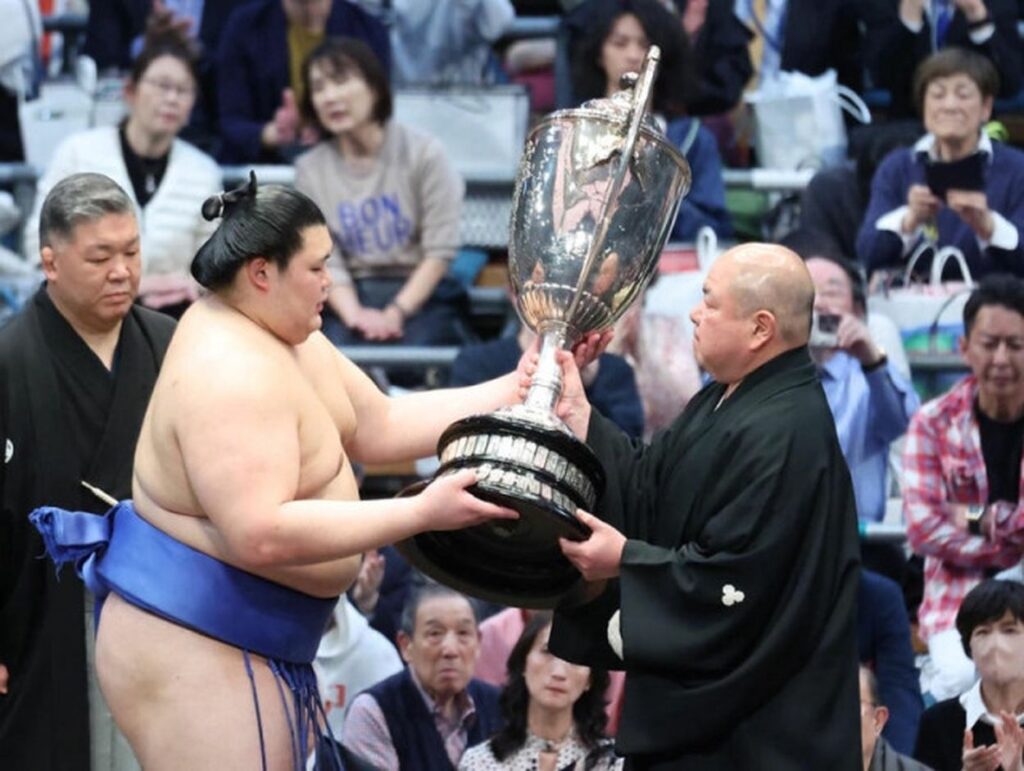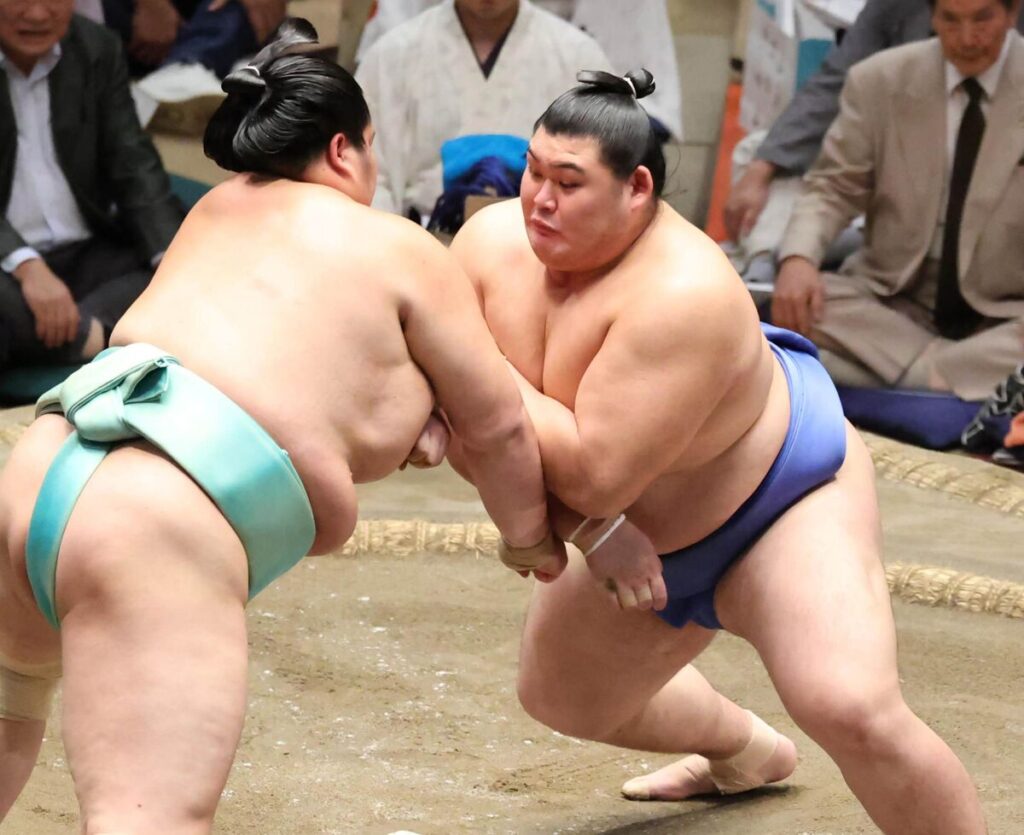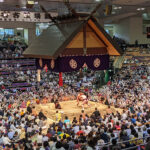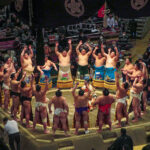Demonstrating a meteoric rise, Onosato won his third Emperor’s Cup at the Spring Grand Sumo Tournament in Osaka this March 2025, positioning Hoshoryu in an awkward position. And some people have started to dispute if giving Hoshoryu the title of Yokozuna was precipitate.
In the dynamic world of sumo wrestling, the prestigious title of yokozuna represents not only the pinnacle of athletic prowess but also embodies cultural significance and honor. Traditionally, the path to yokozuna has been marked by consistent excellence, with wrestlers needing to secure consecutive tournament championships or demonstrate equivalent performances. However, recent developments indicate a shift in sentiment regarding who merits this esteemed rank.

How is the Yokozuna selected
Historically, the Japan Sumo Association (JSA) has adhered to stringent criteria for yokozuna promotion, emphasizing not just victories but also the manner in which they are achieved, reflecting the wrestler’s dignity and dominance. Yet, the contemporary sumo landscape has seen a diversification of styles and backgrounds among top contenders, prompting discussions about adapting these criteria. This evolution acknowledges that excellence can manifest in various forms, and adaptability is essential to maintain the sport’s relevance.

What’s Next?
The sumo community, including fans, officials, and former wrestlers, exhibits a spectrum of opinions on yokozuna promotions. Some purists advocate for maintaining traditional standards, emphasizing the importance of consecutive championships and unwavering dominance. Conversely, a growing faction supports a more holistic approach, considering factors like a wrestler’s impact on the sport’s popularity, adaptability, and international appeal. This shift acknowledges the evolving dynamics of sumo in a globalized context.



